
When learning to film – size does matter. I used to have a canon xl1, then a canon xh-a1, and now I have canon DSLR’s. (p.s. i’m no Canon fan boy, it just worked out this way). My filming took off when I got my first DSLR several years ago. Not because of the quality it put out but because of the size of those suckers (ok the quality was insane as well).
Any smaller and they would fit into my pocket. As a matter of fact, the only hesitation I had when buying one was that clients, who know nothing about cameras, may not take me seriously.
DEADLY LEARNING SIN
Now that we have these small cameras that put out quality which can rival with some of the best work being created, there is still one thing that plagues many people in my opinion. They attach these small beauties to shoulder rigs, follow focuses, monitors, matte boxes and the list goes on.
Now i’m not saying there isn’t a place for all the above pieces of gear, in fact they are down right necessities in many cases. But if your goal is to improve your filming, and since practice makes perfect, the biggest blessing is to have your camera attached to you by the hip and ready to whip out whenever you see ANYTHING interesting.
I would have my 7d with my 50mm (small lens) on me like a third hand. It was only a matter of time that I started picking up the tiniest nuances in framing and using natural light to my advantage.
Most of us have heard of the 10,000 hour rule. I’m not saying in order to be awesome with a camera (or anything else) you need that many hours, but it’s clear that the more you use your camera the better you will be.
You have an amazing opportunity. Take your tiny camera. Strip it of all accessories. At most you can take a monopod (A $20 chinese, bought off ebay, monopod). Even that I wouldn’t take most of the time because that one extra stick in your hand could deter you from walking out the door with your camera in hand.
BE LIKE A NINJA
You do not need to have any reason for taking your camera. You do not need to have any expectations to shoot anything. JUST TAKE IT WITH YOU! Come back to me after 30 days and I’ll bet you’ll have a few awesome shots that even you didn’t think you were capable of.
You need to be like a ninja – have that sucker slung around your arm as your going through your day and the minute you see the slightest thing that you think could be cool (hint – most things can be made to look cool at the right angle and light) hit the record button.
LEAVE YOUR BAG AT HOME
Don’t even put your camera in a small bag. Even the slightest effort it takes to unzip your bag, get the camera, close your bag, turn on the camera and look for your shot is enough to make you say “eh, forget it.” If you don’t have it in a bag, the minute you see something (a leaf on a bench can be interesting!) you point your camera – expose, focus and frame – and you got it.
All you need is space on your card and an extra battery and your ready to roll.
So go ahead – take your camera with you for 30 days and watch your filming improve!

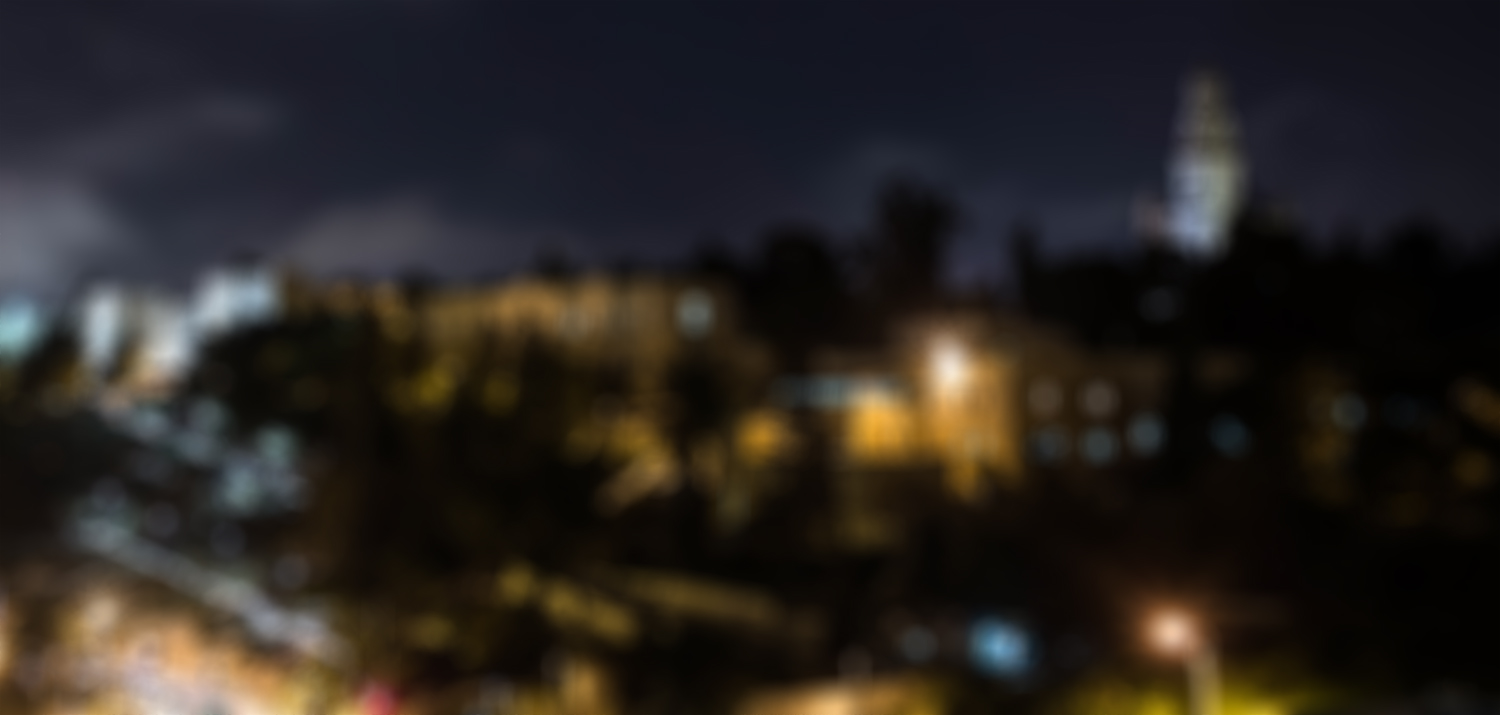







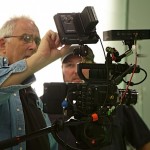
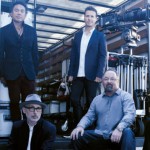
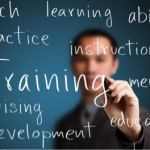

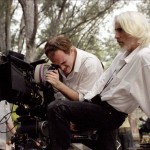
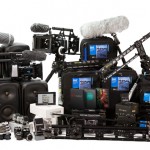
Pingback: Film, Light and Edit for the Viewer’s Experience – Interview with Ian Wittenber()
Pingback: 10 Mistakes Aspiring Cinematographers Make | Big League Film School()